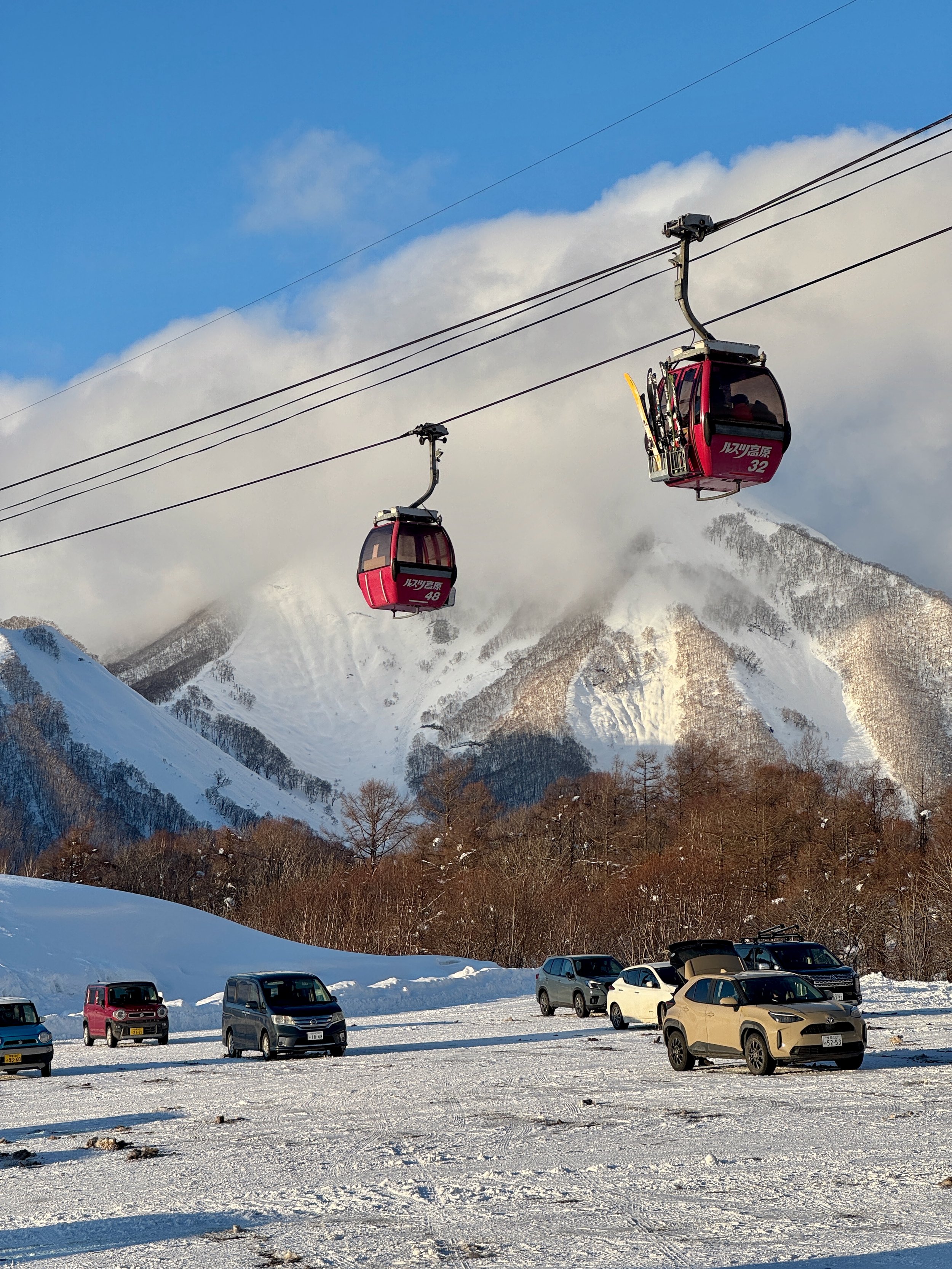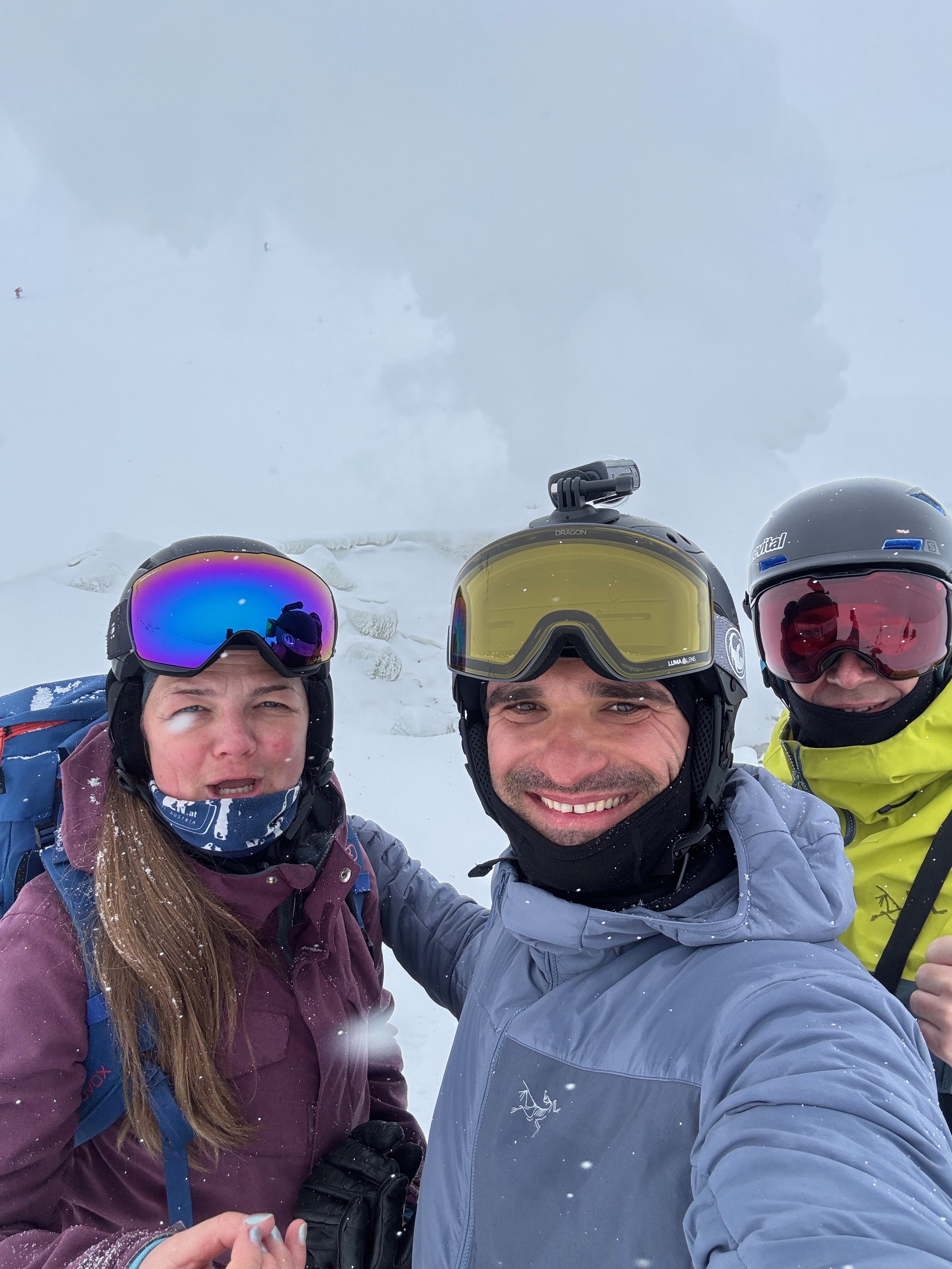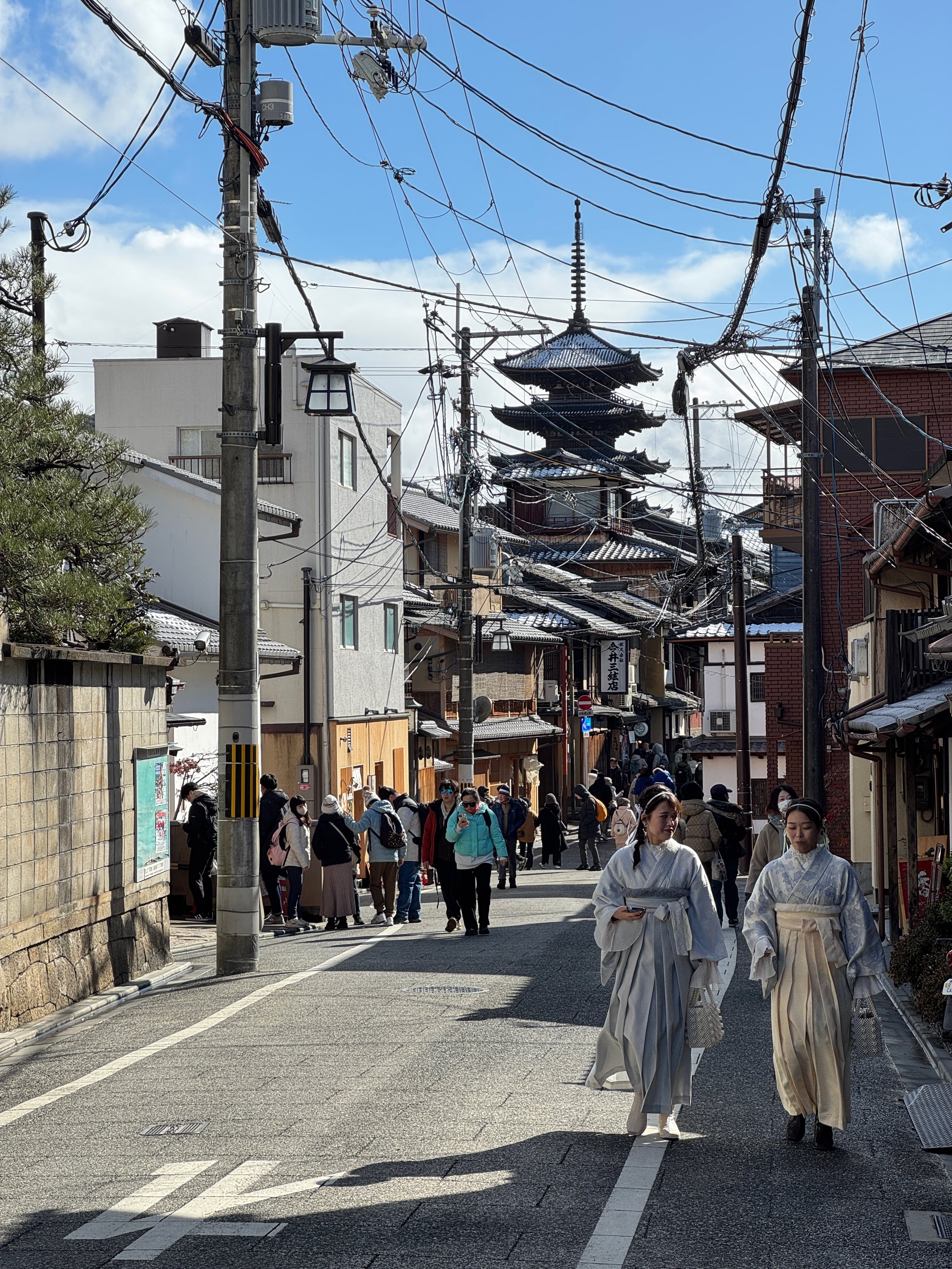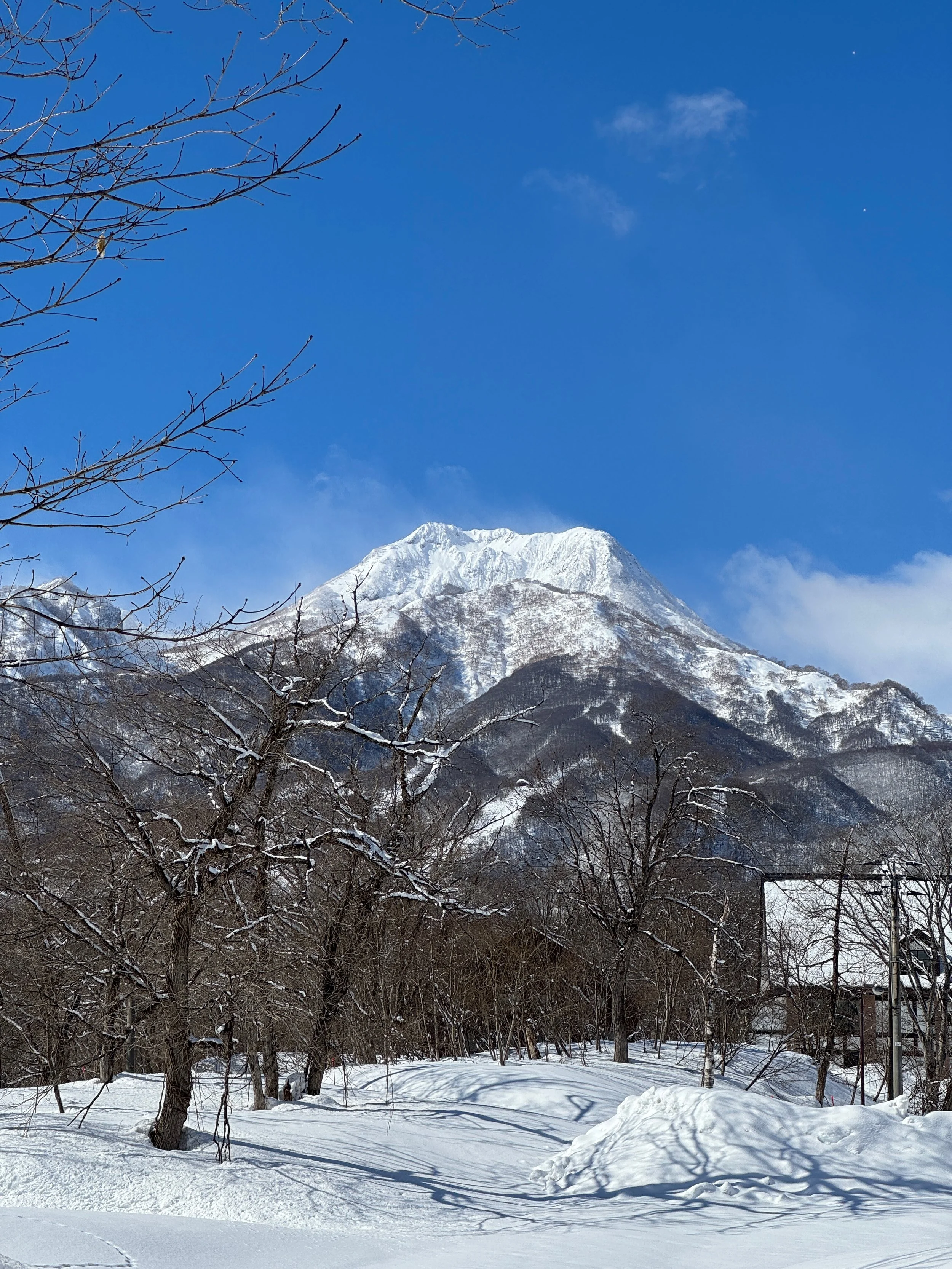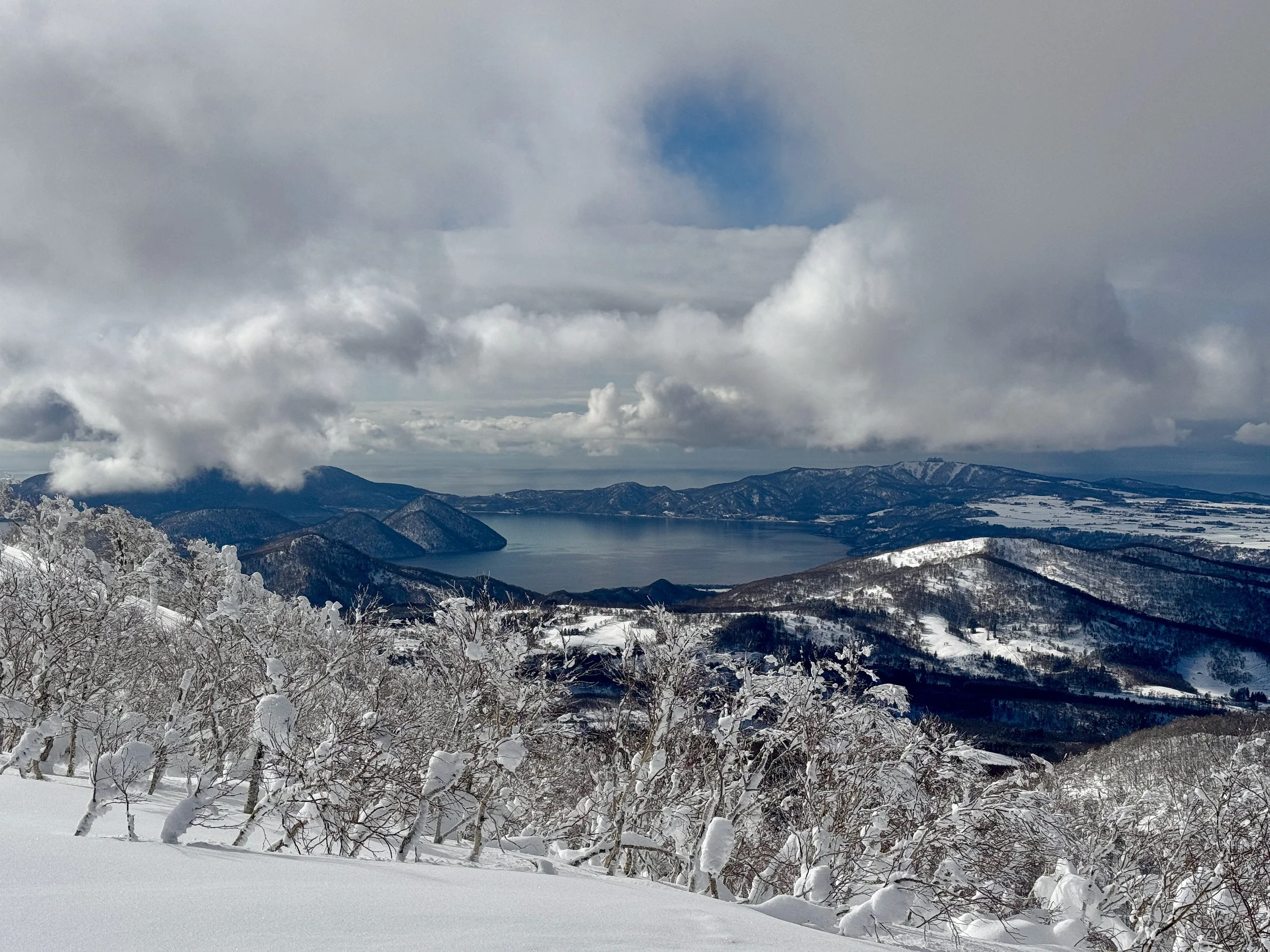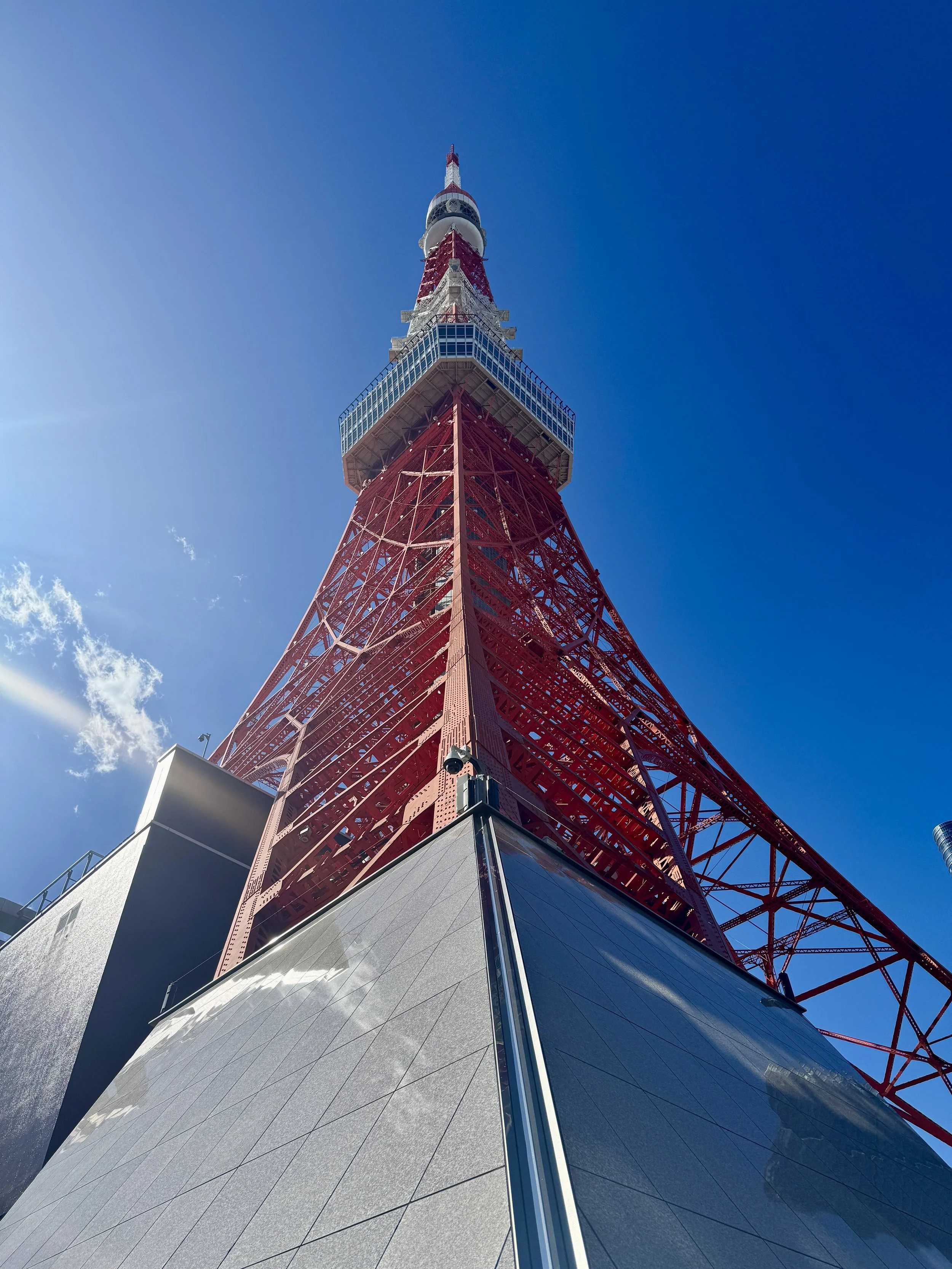
Japanese Alps, 2025
Honshu & Hokkaido
The Decision to Go
I had long dreamt of skiing in Japan.
The allure was undeniable: the famed Japow, the contrast of deep wilderness and refined culture, the food, the onsens, the rhythm of life shaped by the mountains and snow. But I’ll admit — it took me a while to feel confident enough to go. Skiing wasn’t my first mountain language. I come from a background in climbing and mountaineering. Skiing was something I dabbled in as a kid, then left behind, only to pick up seriously again in the past five years, touring across the European Alps.
The turning point came during one of those trips in Austria, when I met Alex — a Slovenian skier who lives and breathes powder. He’s been skiing all his life and had already been to Japan multiple times. When he told me he was returning in January 2025, I knew I couldn’t miss the chance. He knew the terrain, the logistics, and most importantly, the snow.
We coordinated loosely — the kind of freedom that makes trips like this exciting. Alex flew out a week before me. I was due to join him in the second-to-last week of January, and then, the plan was to meet up with a Belgian friend of his (who was also based in Austria) the following week in Hokkaido for Phase Two of the trip.
My journey took me from Budapest through Istanbul, then on to Tokyo. Slightly paranoid about losing my skis en route, I had hidden an AirTag in my ski bag. Upon landing, I was momentarily alarmed to see the tag still pinging from Istanbul. Fortunately, it turned out to be a glitch — the skis had arrived in Tokyo, safe and sound.
I landed around midnight, bleary-eyed but buzzing with anticipation. Rather than waste a night in the city, I hopped on a long-haul night bus bound for Nagano, hoping to catch some sleep. After the early morning arrival in Nagano, I transferred to a local train that climbed steadily toward Myoko — our first base, nestled at the foot of the majestic Myoko volcano.
Alex met me at the station, and we checked into the Funky Monkey Lodge — a relaxed, welcoming place run by an easy-going crew of international ski bums and locals. Our room was a traditional Japanese tatami space with futons laid directly on the floor. Surprisingly, it turned out to be one of the most comfortable sleeps I’ve had — perfect for my back after a long journey.
We kicked things off the next day with a recon mission around the Myoko resort. The snow started falling soon after, and didn’t really stop. For nearly the entire week we spent in Myoko, it snowed daily, often dropping 30 to 40 centimetres overnight — sometimes more. Conditions were spectacular.
Thanks to Alex’s local knowledge and curiosity, we explored some incredible freeride lines in and around Myoko. We skied deep powder in Akakura Onsen, Myoko Kanko, Ikenotaira Onsen, Seki Onsen, and even ventured into the quieter Suginohara area. Each resort had its character — from tree runs and pillows to steeper bowls — but all shared one thing in common: endless snow.
One of the standout days was at Madarao, where we had some of the best riding of the trip. We linked up with a crew of Americans who were sending it hard, and together we threw down some absolutely sick lines through the trees. One of them — Alex Zimmerman, a photographer — captured a few incredible shots of us weaving through the forest, the kind of images that freeze-frame the feeling of flow and powder joy.
We also squeezed in a few short ski touring laps, pushing up toward the flanks of Myoko Volcano, where we found untouched lines descending through ghostly birch forests. But the real highlight of this first chapter — the memory that still plays on loop in my mind — was the forest freeriding. Waist-deep powder, tight trees, and that unmistakable sensation of floating — it was, in all honesty, almost orgasmic. The kind of skiing you dream about. The kind that makes the jet lag and logistics all worth it.
Back at the lodge, we quickly connected with other travellers: two Canadians, a skilled freeride comp skier from the U.S., and a rotating cast of kind, snow-hungry characters. Evenings were communal — filled with cooking lessons, laughter, and Japanese comfort food. We learned to prepare sushi, nabe hot pot, and another dish involving dough (whose name escapes me now), all shared around low tables with beer and snowy stories flowing freely.
Myoko was magic — a place that combined deep snow with deep connection. And it was only the beginning.









Hokkaido
After bidding farewell to our kind hosts at Funky Monkey Lodge, Alex and I hopped on a bus out of Myoko, riding back through the mountains and into the bustle of Tokyo. From there, we caught a local flight northbound for the wild island of Hokkaido, Japan’s snowy frontier.
In Sapporo, we met up with Alex’s friend — a Belgian skier based in Austria — and our Hokkaido chapter officially began. My birthday was just around the corner, so we started with a celebratory plan: check out some of the island’s most iconic resorts, then head into the backcountry.
Our first stop was Rusutsu, a well-known resort famous for its flowy terrain and quality snow. It didn’t disappoint — well-spaced trees, playful lines, and a strong sense of fun throughout the area. Afterwards, we found a serene spot to stay near the volcanic Lake Tōya, where the landscape was surreal and peaceful. The onsen there — steaming pools set against the mirror-like lake — felt almost otherworldly.
On my birthday, we set off on a ski tour up the iconic Mount Yōtei, Hokkaido’s answer to Mount Fuji. The snow that day was surprisingly spring-like — heavy, wet, and slushy — not exactly the deep Hokkaido powder we had dreamed of. But the experience of skinning up the cone of a perfectly symmetrical volcano was unforgettable. Fog rolled in as we approached the upper slopes, so we didn’t push for the summit. Still, there was something fitting about spending a birthday halfway up a volcano in Japan, surrounded by silence and snow.
Snow, Shrines & Sayonara
Eventually, the time came to head south. After our final powder turns in Hokkaido, we boarded a flight back to Tokyo — the beginning of the end to an unforgettable journey. But I wasn’t quite ready to leave Japan just yet.
With a few days to spare, I boarded the Shinkansen and made my way to Kyoto, chasing not powder this time, but temples, tradition, and a different kind of stillness. The timing was surreal: snow was falling gently across the city, blanketing the ancient shrines, bamboo forests, and stone paths in quiet white. It was a picture-perfect day to take in Kyoto’s beauty — even if I was battling a rough flu that had crept up on me after weeks of skiing, travel, and exposure.
Despite the fever and fatigue, I wandered through the narrow lanes of Gion, stood before the golden pavilion of Kinkaku-ji, and watched snowflakes drift onto the red torii gates of Fushimi Inari. It was the kind of bittersweet beauty that stays with you long after the trip ends — slowing down, even when the body protests, to soak it all in.
The next morning, I boarded the bullet train once again — back to Tokyo, then on to the airport. Bags heavier with damp ski gear and souvenirs, heart even heavier with gratitude.
Japan had delivered. On snow, on soul, on surprise.
And I’ll be back.
From there, we picked up a rental car at Sapporo airport and drove east to Asahikawa, where we checked into a faded 1950s-era hotel that turned out to be an unexpected gem. The place had an epic retro arcade — full of obscure Japanese and Asian video games from past decades — and a traditional onsen that quickly became our evening ritual.
Asahikawa became our base for the rest of the week. From there, we explored the towering flanks of Mount Asahidake, the highest peak in Hokkaido. It was clear this place had gained popularity — we weren’t the only ones drawn by its accessible backcountry and otherworldly terrain. Skiing around the fumaroles — the steam vents hissing from the active volcanic core — felt like riding through a live landscape, still shaping itself.
We also ventured to Furano, where we found long, scenic runs and more untouched zones deeper in the backcountry. Between onsen soaks, late-night convenience store runs, and powder-chasing drives through Hokkaido’s snowscapes, the second phase of our trip delivered a different kind of magic — one shaped by contrast, discovery, and the quiet beauty of winter in Japan.

